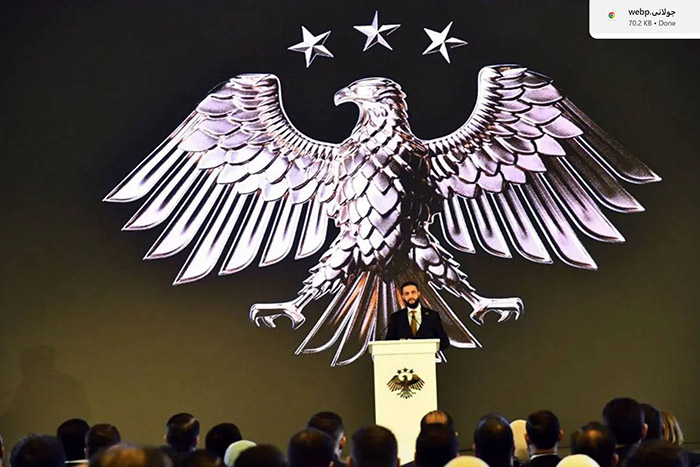To fully appreciate the symbolic weight of this new emblem, one must understand what it replaces.
Since 1980, Syria’s emblem had been a stylized version of the Eagle of Saladin, bearing the Syrian flag with two green stars (which itself harkened back to the days of the United Arab Republic). This eagle stood atop a scroll reading “Syrian Arab Republic” in Kufic script, and was flanked by wheat stalks. It was a powerful image, but one inseparable from the Baath Party and the long, repressive rule of Hafez al-Assad and his son Bashar.
Under the Baath regime, national symbols were manipulated to serve a narrow ideological vision. Loyalty to the party was indistinguishable from patriotism. Criticism of the state was punished as treason. The regime’s iron grip over media, education, and cultural expression meant that generations of Syrians grew up saluting a flag and emblem that many did not feel truly represented them.
The Arab Spring of 2011 initially sparked hope for change, but instead led to a brutal civil war that claimed hundreds of thousands of lives and displaced over 12 million people. The war dragged on for over a decade, exacerbated by foreign interventions from Russia, Iran, the U.S., Turkey, and various militia groups.
It was not until early 2024, after sustained pressure from international allies and a collapsing domestic infrastructure, that Bashar al-Assad fled Damascus. His departure marked the end of the Baathist era and paved the way for the National Transitional Authority led by Ahmed al-Sharaa, a former diplomat and once an exile himself.

